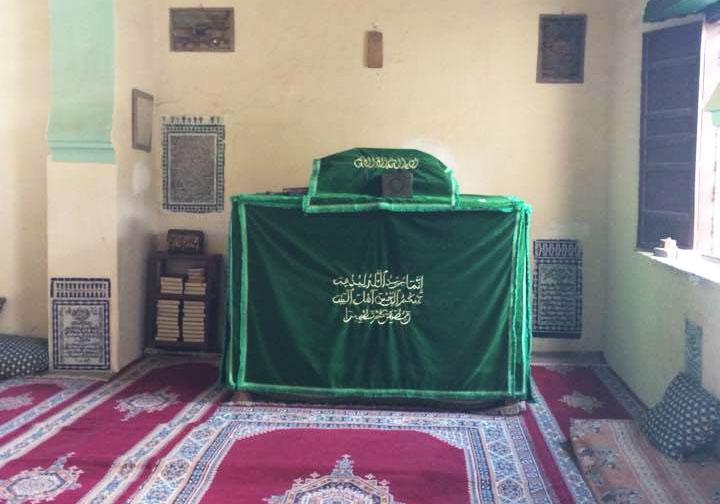
The blessed tomb of Shaykh Ali al-Jamal, the renowned spiritual master and teacher of Moulay al-Arabi ad-Darqawi (founder of the Darqawi Tariqah), rests in his zawiyya in Fez at the entrance to the medina called "Bayn al-Mudun" near Rmila.
How to Find It:The door to the zawiyya is located in the parking lot of Bayn al-Mudun, on the left side facing the medina, at the furthest end of the wall running along the parking lot, just before a small alleyway leading into a residential area. Phone numbers are listed on the door - call them and the family maintaining the tomb will open it for you, or you can try knocking.
Public Visitation:The zawiyya opens to the public every Thursday after Maghrib prayer, where they read from the letters of Al-Arabi ad-Darqawi, perform Hadhra (spiritual gathering with dhikr), and offer the salat (prayers).
Helpful Tip: The zawiyya can be seen clearly from the rooftops of the famous Tanneries of Fez, making it easy to locate.
Full Name: Abu Hassan Shaykh Ali bin Abderrahman bin Muhammad bin Ali bin Ibrahim bin Imraan
Lineage: Al-Sharif al-Hassani al-Idrissi al-Imraani - from the noble Shurafa of Bani Imraan, descending from the blessed lineage of Imam al-Hassan, grandson of Prophet Muhammad (peace be upon him), through the Idrisid dynasty.
His Titles (reflecting his spiritual stations):
He earned the nickname "Al-Jamal" (The Camel) when people witnessed him lift a camel that was resting on one of the roads of Fez and move it to the side of the road - a display of extraordinary physical strength. They exclaimed, "This is indeed the Camel!" and the name stayed with him.
But among the angels of the Most Merciful (Rahmaan), he is known by a far more beautiful name: "Al-Jamaal" - meaning "The Divine Beauty" - reflecting his true spiritual essence.
Shaykh Ali initially worked as part of the Makhzaan (Moroccan government) in Fez. During the reign of Sultan Abi Abdullah Muhammad (son of Moulay Ishmael), he fled to Tunis fearing for his life from political machinations when the new sultan took power.
In Tunis (1153 AH): He met numerous spiritual masters (Shuyukh) who benefited him greatly. They then directed him to return to Morocco to meet Shaykh Moulay at-Tayyib al-Ouzzani in Ouzzane.
1. The Sharif Abdullah (in Tetouan): His spiritual opening (fath) first came at the hands of this great Sharif in Tetouan, whom he accompanied for two years.
2. Moulay at-Tayyib al-Ouzzani: Met him in Ouzzane in 1153 AH, who then sent him back to Fez for further training.
3. Shaykh Abi Abdullah al-Jasus: In Fez, he learned Tasawwuf (Islamic spirituality) from this master.
4. Sidi al-Arabi bin Ahmed bin Abdullah (his primary master):The Greatest Gnostic, Abul Haamid Sidi al-Arabi bin Ahmed bin Abdullah Ma'in al-Andalusi, buried in the Bab al-Futuh graveyard. Shaykh Ali served him faithfully for sixteen years, benefiting immensely and hearing from him secrets that "cannot be fathomed or expressed."
After his master Sidi al-Arabi passed away, Sidi Ali built his zawiyya in Ramila (where his tomb now rests), and before long, his followers and students multiplied greatly.
Shaykh Ali was deeply versed in Islamic law (Shariah) in all its rulings and never overstepped any of its commands. He perfectly embodied the integration of outer law (Shariah) and inner reality (Haqiqah).
His appearance reflected spiritual detachment:
At the Qarawiyyin Mosque, you would most often find him sitting at the shaded door near Bab al-Funduq Sidi Abdul Majid, in a state of:
When you spoke to him, you found "a sea overflowing with knowledge and Gnosis (Ma'rifah)".
Shaykh Ali reached the greatest station of Qutbaniyya (spiritual pole-hood) and held the rank of Universal Saint for the greater portion of his life - over thirty years according to his student Moulay al-Arabi ad-Darqawi.
Despite this supreme spiritual station, he continued to beg from shop to shop in the markets of Fes al-Bali, his hands shaking from old age, embodying perfect humility.
Sidi Ali knew 24 different methods (Turuq) of Hikmah (Divine Wisdom), each one used as a standard to determine calculations for the royal house. Yet despite this extraordinary knowledge, he still begged in the marketplaces - a profound lesson in spiritual detachment.
He was renowned as one of the greatest sources of blessing (barakah) for merchants of his age. It was said that:
A Famous Incident: One day, some caravan lords decided to haggle with him and paid nothing for one camel. That caravan travelled to the Sus region (southern Morocco), and on the way, only that one camel was stolen - no others. News spread throughout the land, and after that, no one disputed with him over the price of a camel.
This demonstrated that his barakah was real and that refusing to honour the saint had consequences.
The famous Gnostic said of him:
"No one knows Sidi Ali except one who was himself Sidi Ali!"
Meaning: only one at his spiritual station could truly understand him.
He also said:
"Sidi Ali was a great Faqih (jurist) and a famous scholar in the science of opposites"
The Science of Opposites includes mastery of:
Sidi Ali published a book of profound spiritual teachings. Those who wish to understand his station in Realisation and taste the loftiness of his standing on the Path should read his book, described as "a mighty creation with many benefits and miraculous insights."
By his blessed hand, a great group of the most eminent Sufis found:
The foremost of his students was the Faqih and luminous teacher, the Qutb and famous Gnostic: Abu Muhammad Moulay al-Arabi ad-Darqawi - the Hassani Sharif of Bani Zerwaal and founder of the Darqawi Tariqah, one of the most influential Sufi orders in North Africa.
In his famous letters, Moulay al-Arabi praises his master extensively across numerous topics, demonstrating the profound impact Sidi Ali had on him.
Date of Death: The night of Saturday, 29th of Rabi' al-Awwal, 1193 or 1194 AH
Age: Between 105-106 years old
(It was even related that he fathered his son Sidi Muhammad al-Sharif when he was 118 years old - God knows best)
Burial: He was buried the next day (Sunday) in his zawiyya in Ramila, in the quarter of Fes al-Andalus, close to the mosque of Shaykh Abu Madyan al-Ghawth (may God benefit us by them both).
A dome (kubbah) was built over his grave, which has become a famous and well-known pilgrimage site (ziyarah). Upon it rests a wooden darbouz (covering). Buried in the same zawiyya are several of his companions and their followers (may God be pleased with them all).
Though he was the Universal Saint - the highest spiritual rank - he begged in the marketplace with trembling hands in old age, teaching us that spiritual realisation increases humility, not pride.
He perfectly combined strict adherence to Islamic law with the deepest spiritual realisation, showing that these are not contradictory but complementary.
His unwavering vision of and communication with the Prophet (peace be upon him) demonstrates that true love leads to true vision.
He served his master for 16 years before establishing his own zawiyya - a lesson in patience and thoroughness in the spiritual path.
His blessings brought prosperity and protection to merchants, demonstrating that the saints' spiritual power has real-world effects.
His humble service to his master for so many years was the key to his spiritual opening - service is the foundation of realisation.
He avoided seeking followers or making spiritual claims, yet students flocked to him - true spiritual authority attracts without effort.
Those wishing to connect with the barakah of Sidi Ali al-Jamal should:
May his secrets continue to inspire seekers on the path to God.
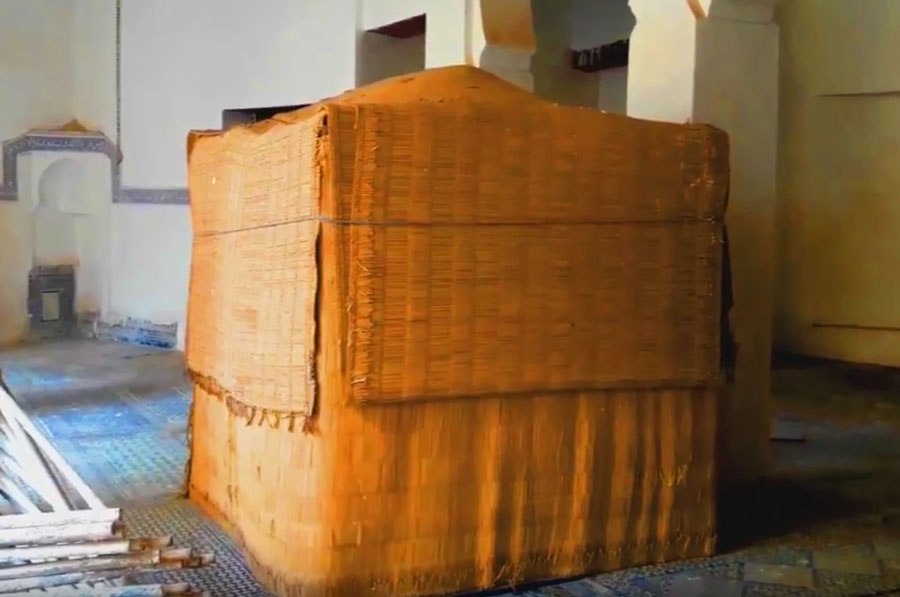
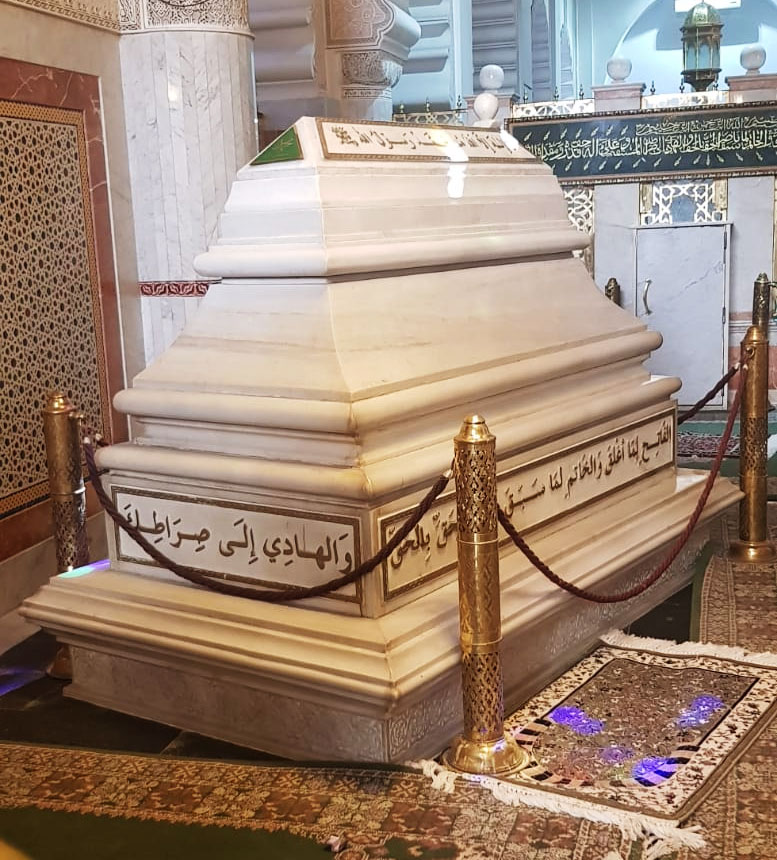

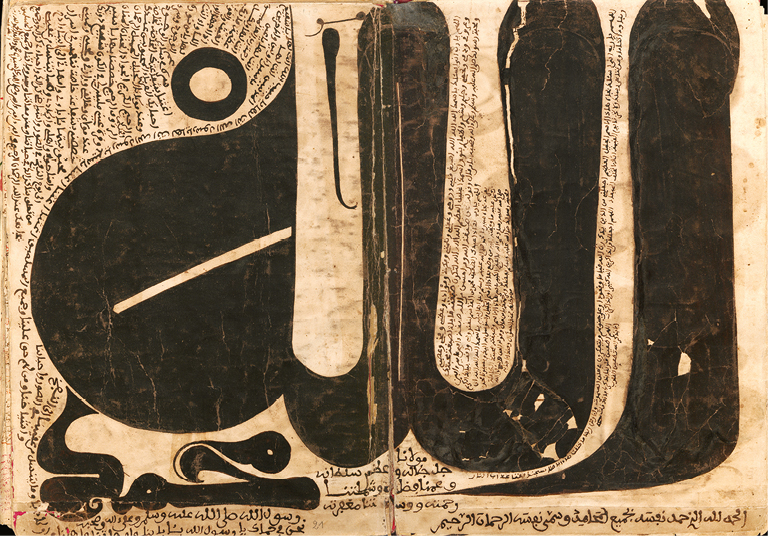



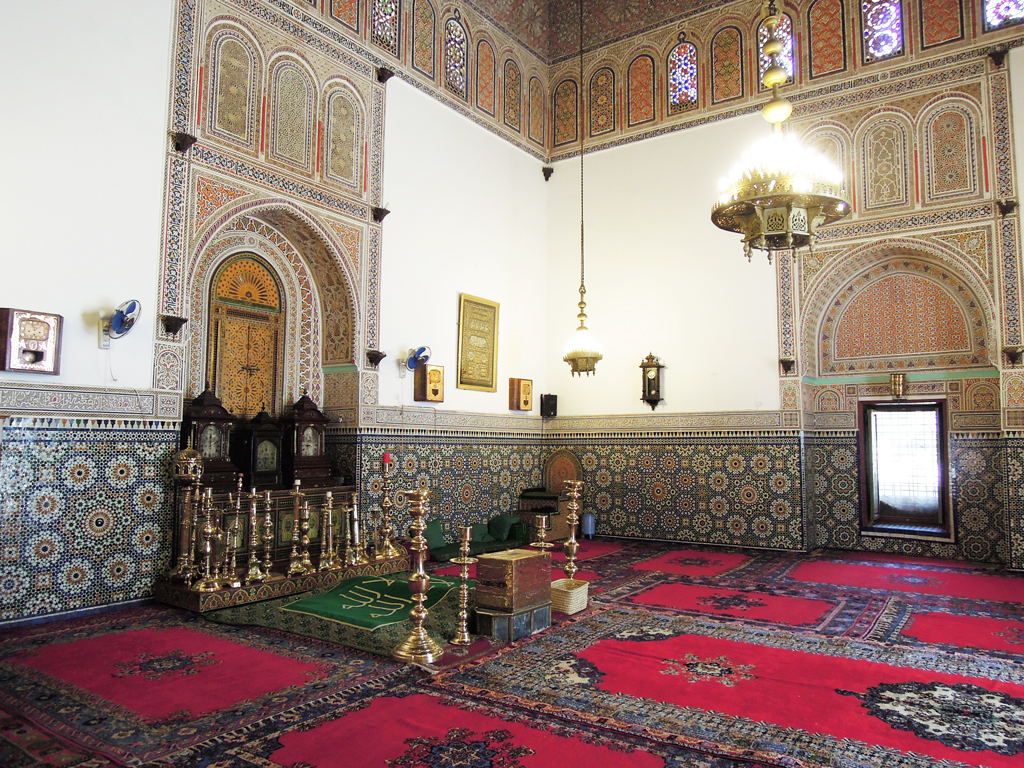





























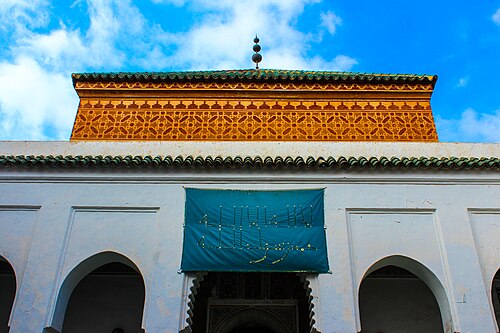





Find all our meditations on the Nur App!
Experience tranquillity through Qur'anic recitations and meditations on our Nur App and develop healthy spiritual routines to maintain your God-given Nur (light).
